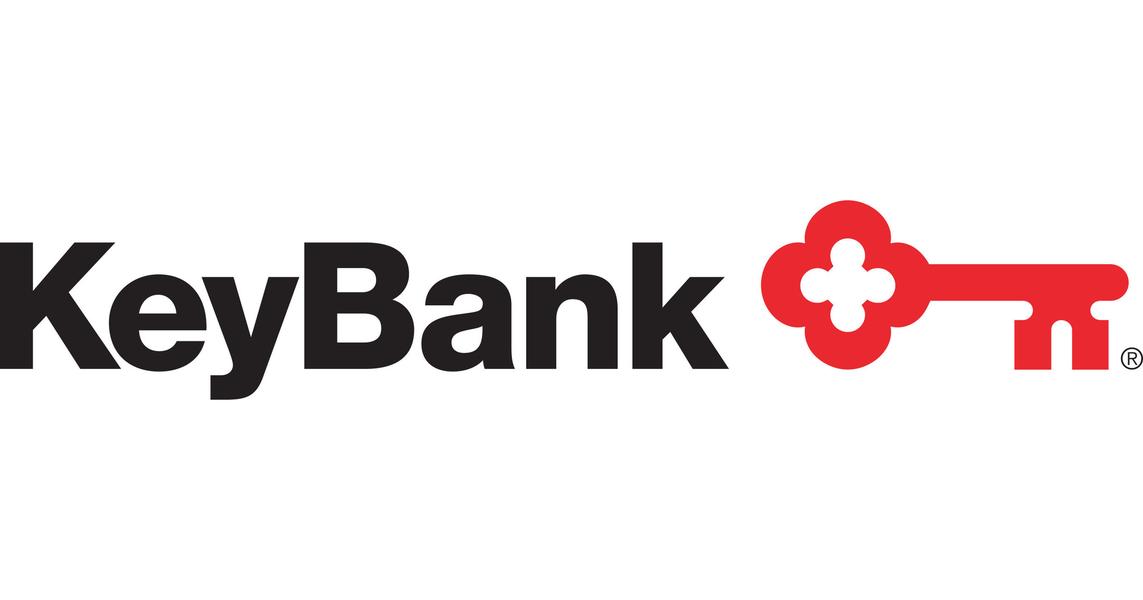What are some factors that have contributed to the recent rally in the banking sector?
One factor that has contributed to the recent rally in the banking sector is the rollout of COVID-19 vaccines. As the vaccination campaign progresses and the world starts to recover from the pandemic, investors are becoming more optimistic about the economic outlook. This has boosted cyclical companies, including banks, as they are expected to benefit from increased economic activity and consumer spending.
What challenges are regional and mid-cap banks facing in the current banking landscape?
Regional and mid-cap banks are facing several challenges in the current banking landscape. One challenge is the changing regulatory landscape. As regulations evolve, smaller banks may struggle to keep up with compliance requirements and the cost of regulatory compliance. Additionally, regional and mid-cap banks often have limited resources compared to larger banks, making it harder for them to invest in the technology and infrastructure needed to compete in the digital era.
How are advanced analytics and artificial intelligence impacting the banking industry?
Advanced analytics and artificial intelligence (AI) are having a significant impact on the banking industry. These technologies are enabling banks to analyze vast amounts of data in real-time, identify patterns and trends, and make more informed decisions. AI-powered chatbots and virtual assistants are improving customer service by providing personalized recommendations and resolving queries quickly. Moreover, advanced analytics and AI are helping banks automate manual processes, reduce costs, and detect and prevent fraud more effectively.
Full summary
In recent weeks, the banking sector has experienced a notable rally, with shares of KeyCorp, Wells Fargo, and Morgan Stanley seeing significant gains. However, concerns have been raised about the sustainability of this rally and the potential challenges that lie ahead.
Renowned financial expert Jim Cramer discusses the recent rally in the banking sector and notes possible concerns over its sustainability. While investors have been focusing on big banks like Wells Fargo and Morgan Stanley, smaller regional banks like KeyCorp have seen mixed performance.
KeyCorp, one of the nation's largest bank-based financial services companies, has reiterated its financials and witnessed a rise in its shares. However, the stock has shown some volatility in the market.
In addition to the recent rally, there are other factors at play in the banking sector. The rollout of COVID-19 vaccines has given a boost to some cyclical companies, and value stocks have outperformed growth stocks over the past year. The Federal Reserve's ongoing interest rate hikes have also had a significant impact on the sector.
The Argus High-Yield Model Portfolio highlights the outperformance of value stocks over growth stocks in 2022. The current yield on the iShares Russell 1000 Value Index ETF stands at 2.2%. Stocks with yields of at least 3.0% are sought after in the High-Yield Theme Model Portfolio.
While there are reasons for optimism about the banking sector, there are also challenges that need to be addressed. The past decade has been relatively stable for US banks, but macroeconomic conditions are becoming more challenging worldwide, and consumer behaviors are changing.
Advanced analytics and artificial intelligence are becoming crucial in the industry, and the technology race continues to intensify. A changing regulatory landscape could pose challenges for smaller banks, while regional and mid-cap banks have their own strengths to leverage.
US regional banking leaders must focus on optimizing their strengths and securing a sustainable low-cost funding source. They also need to build scalable and efficient models, develop a robust technology strategy, and recruit talent for the future.
The recent collapses of regional banks, troubled acquisitions, and concerns about the overall economy have added to the challenges facing the banking sector. The commercial real estate sector, in particular, is causing stress, with worries about potential defaults and refinancing difficulties.
California's commercial real estate market has been greatly affected, with high office vacancy rates in cities like San Francisco and Los Angeles. Banks of all sizes, especially small and regional banks, have higher exposure to commercial real estate loans.
As the banking industry continues to evolve, it is crucial for regional and mid-cap banks to navigate these challenges and adapt to the changing landscape. By focusing on their areas of strength, optimizing operations, and keeping up with technological advancements, these banks can position themselves for success in the years to come.












